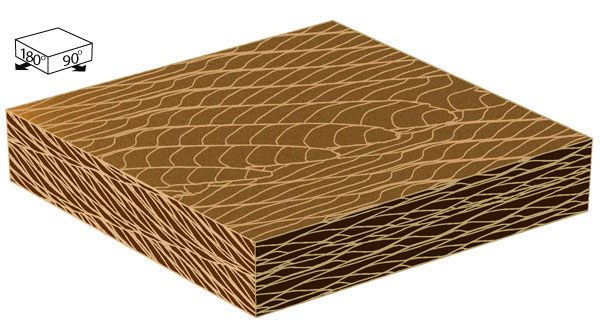Pacific Coastal and Marine Science Center
Bedform Sedimentology Site: “Bedforms and Cross-Bedding in Animation”


FIG. 72. Structure formed by straight-crested bedforms with superimposed, sinuous, out-of-phase bedforms migrating obliquely downslope.
RECOGNITION: This structure is similar to that in Figure 46A, but the superimposed bedforms in this example are three-dimensional rather than two-dimensional. One effect of this three- dimensionality is to cause the bed morphology to change through time. The troughs of the main bedforms deepen locally where and when the scour pits in the superimposed bedforms are situated in the main trough. In contrast, an assemblage of two-dimensional bedforms with superimposed two-dimensional bedforms (not parallel to the main bedforms) does not change through time (Fig. 46). Instead, the assemblage of bedforms merely moves through space. Additional effects of the three-dimensionality of the superimposed bedforms are to make individual cross-beds more sinuous and to cause the trough-shaped sets to change in geometry from one location to another.
ORIGIN: Migration of the three-dimensional superimposed bedforms over the main bedforms causes the overall morphology of the bed to change through time, regardless of whether or not the flow changes.